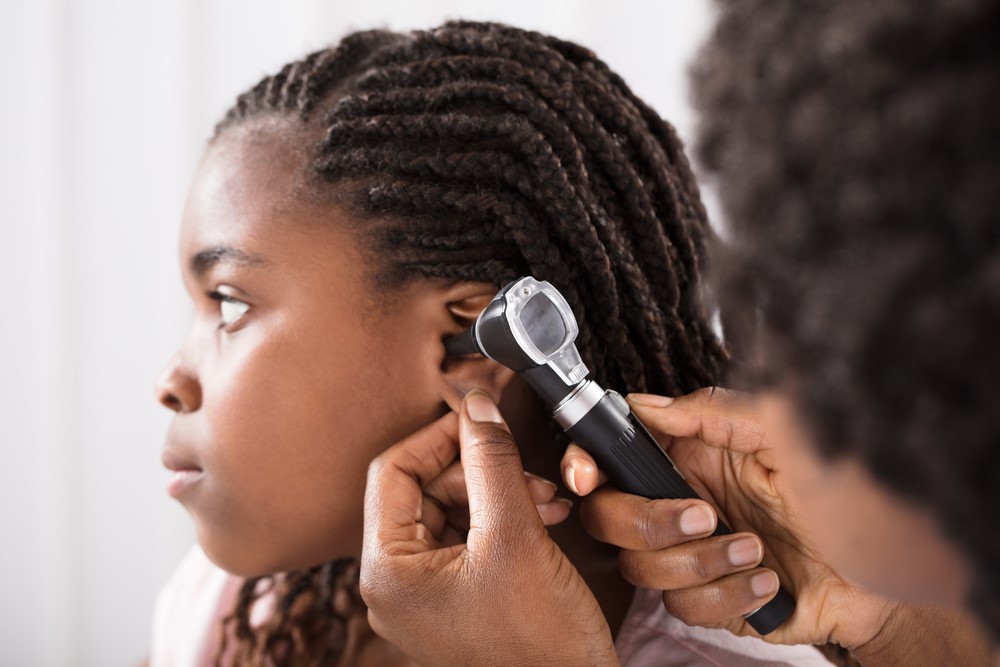Health Capsule
Recognizing and Treating Childhood Ear Infections

Ear infections are a common reason for bringing kids to see a health care provider. The infections can strike at any age, but children are much more likely to get them than adults. In fact, five out of six children will have at least one ear infection by the time they’re 3 years old.
Ear infections are usually caused by bacteria, or sometimes a virus. They often arise after a sore throat, cold, flu, or other breathing-related infection. The infection can cause swelling and fluid buildup behind the eardrum. This can lead to the most common type of ear infection, called a middle ear infection or acute otitis media. Affected children may have ear pain (or earache), a fever, fussiness and crying, or trouble sleeping.
To diagnose an ear infection, a health care provider may look at the eardrum by using a lighted instrument called an otoscope. A similar instrument may blow a puff of air into the ear canal to check for fluid behind the eardrum. If a bacterial infection is found, the doctor may prescribe an antibiotic. Over-the-counter pain relievers or eardrops may be recommended to help with fever and pain.
One of the best ways to prevent ear infections is to take steps to avoid getting colds or the flu. Encourage your family to wash hands often to prevent the spread of germs. Make sure your child gets the influenza (flu) vaccine each year, and ask your doctor about other vaccines that can help block infections. Limit your child’s exposure to other kids if your child or their playmates are sick. Learn more about ear infections.
NIH Office of Communications and Public Liaison
Building 31, Room 5B52
Bethesda, MD 20892-2094
nihnewsinhealth@od.nih.gov
Tel: 301-451-8224
Editor:
Harrison Wein, Ph.D.
Managing Editor:
Tianna Hicklin, Ph.D.
Illustrator:
Alan Defibaugh
Attention Editors: Reprint our articles and illustrations in your own publication. Our material is not copyrighted. Please acknowledge NIH News in Health as the source and send us a copy.
For more consumer health news and information, visit health.nih.gov.
For wellness toolkits, visit www.nih.gov/wellnesstoolkits.




